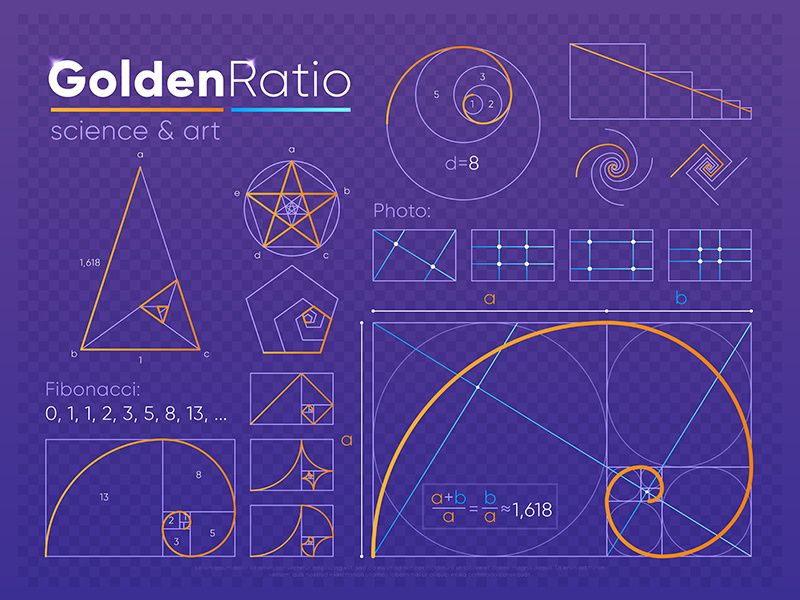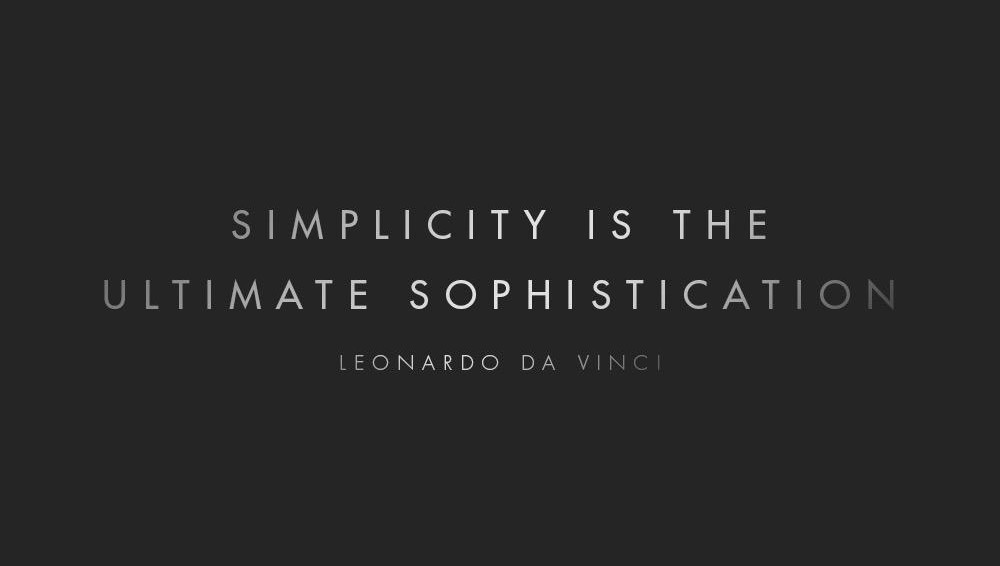I’ve said it before, and I’ll say it again…
Great design should be experienced first, and seen second.

This is because design should be instinctive and simple, where they’re seamless to our own unique world. They’re familiar to us.
For the first time.
And, well, every time. Without explanation.
But why?
#1: The Answer Lies Within Us
The answer is a bit surprising.
It turns out that we humans are attracted to people and objects we find visually appealing, to the point that studies have shown that both adults and children are more likely to trust someone they find attractive!
The research by Judith Langlois, PhD, suggests that the association of beauty with goodness may be acquired at a very early age through innate information-processing mechanisms.
For example, in a study by Langlois in 1987 that was published in Developmental Psychology (Vol. 23, No. 3, pages 363-369), showed that infants as young as two months prefer to look at pretty faces-an age when they probably haven’t had the chance to pick up many cultural cues about beauty.

Faces that are considered beautiful may be easier to process because they are good examples of the category of “human face,” Langlois noted. Past research shows that what people consider beautiful is often the averaged features of a group. The same goes for other kinds of objects-including furniture. If a researcher takes several pictures of chairs, for instance, and morphs them into one composite photograph, people will rate that chair as more aesthetically pleasing than any of the individual examples.

Taken together, Langlois’s research suggests that the well-established phenomenon of positive bias toward attractive people may be an unavoidable consequence of the mechanics of human cognition.
The same theory seems to be true for the world of digital products that we utilize every day, where people are more likely to give a beautiful application the benefit of the doubt.
We trust the beautiful.
It’s that simple. But still only half of the equation…
#2: We’re Surrounded By It
There’s more to it beyond our own positive bias of truth in beauty, or what scientists think of as pre-wiring and is influenced by genetic inheritance and other biological factors.
The other half is our environment.
Ah, yes, the classic nature versus nurture debate is one of the oldest philosophical issues within psychology. So what exactly is it all about?
- Nature refers to all of the genes and hereditary factors that influence who we are—from our physical appearance to our personality characteristics.
- Nurture refers to all the environmental variables that impact who we are, including our early childhood experiences, how we were raised, our social relationships, and our surrounding culture.

Nurture is just as relevant because we’re surrounded by beauty, order, and simplicity in the world around us. From humans to nature to the heavens. Whether we know it or not, it’s there.
We see it. Breathe it. Hear it. Taste it. Experience it.

While we may not be able to explain the profound complexity behind these integrated systems, we can experience it. And these experiences provide meaning and value.
This encapsulates the theory that beauty is a form of order.

The Pythagoreans believed that beauty is a manifestation of harmonious, mathematical relations such as the golden ratio. Whereas ugliness is the expression of disorder and a lack of rational proportions. Beauty was thus considered an objective expression of cosmic truth.
The ancient Egyptians were probably the first to use the golden ratio in the design of the Pyramids, but it was Pythagoras of Samos (c. 580–c. 500 B.C.E.) who first presented its mathematical formulation.


And from these elemental building blocks of life, we derived our cities and infrastructure, business, government, education, and even our technology.
And because of this we humans are hard-coded to appreciate beauty, order, and simplicity from our experiences – including with digital products – along with meaning, value, and trust.

Without simplicity, we struggle to adapt, learn, and move forward in life as we do in the digital realm. It’s debilitating and can wreak havoc on customers usage of your digital experience, and may ultimately doom your product and company to the dust bin of the technology abyss.
But simple isn’t easy. Far from it.
So let’s look at the reasons behind the difficulty of designing simple experiences…



One thought on “The Psychology of Simple Design”